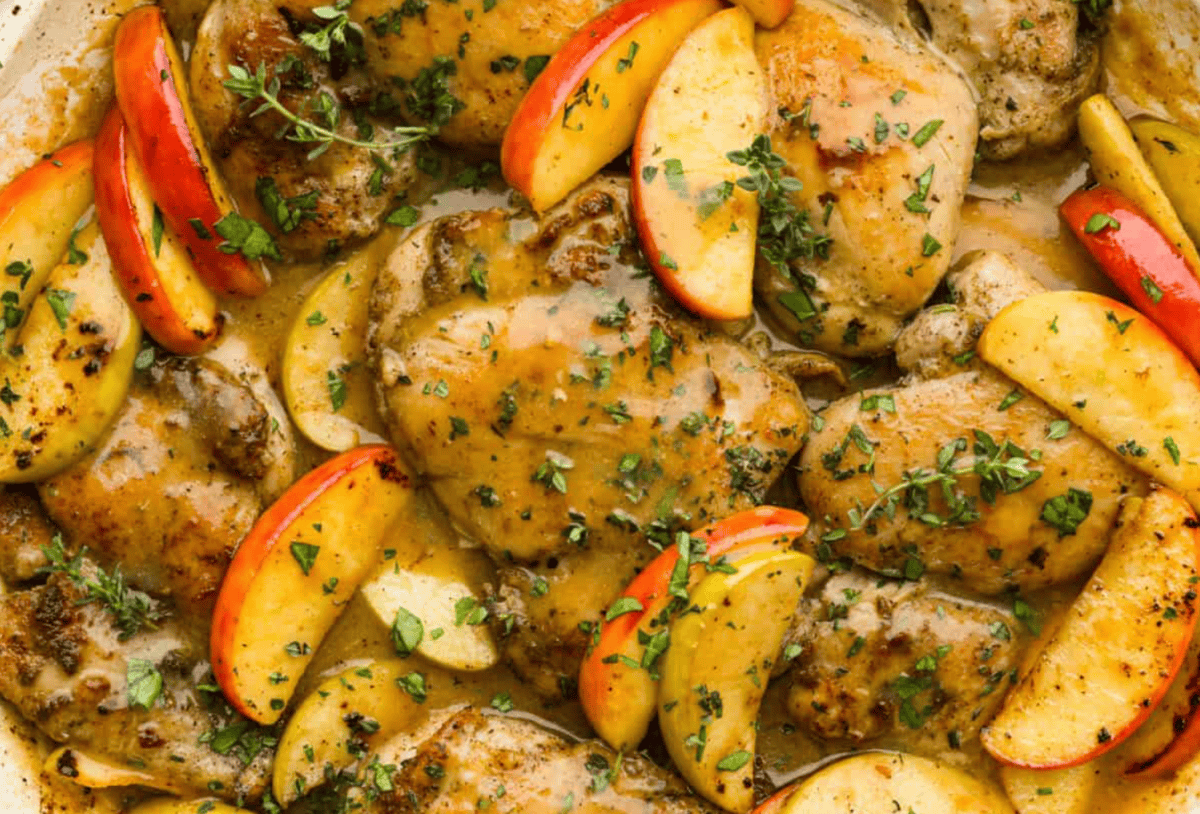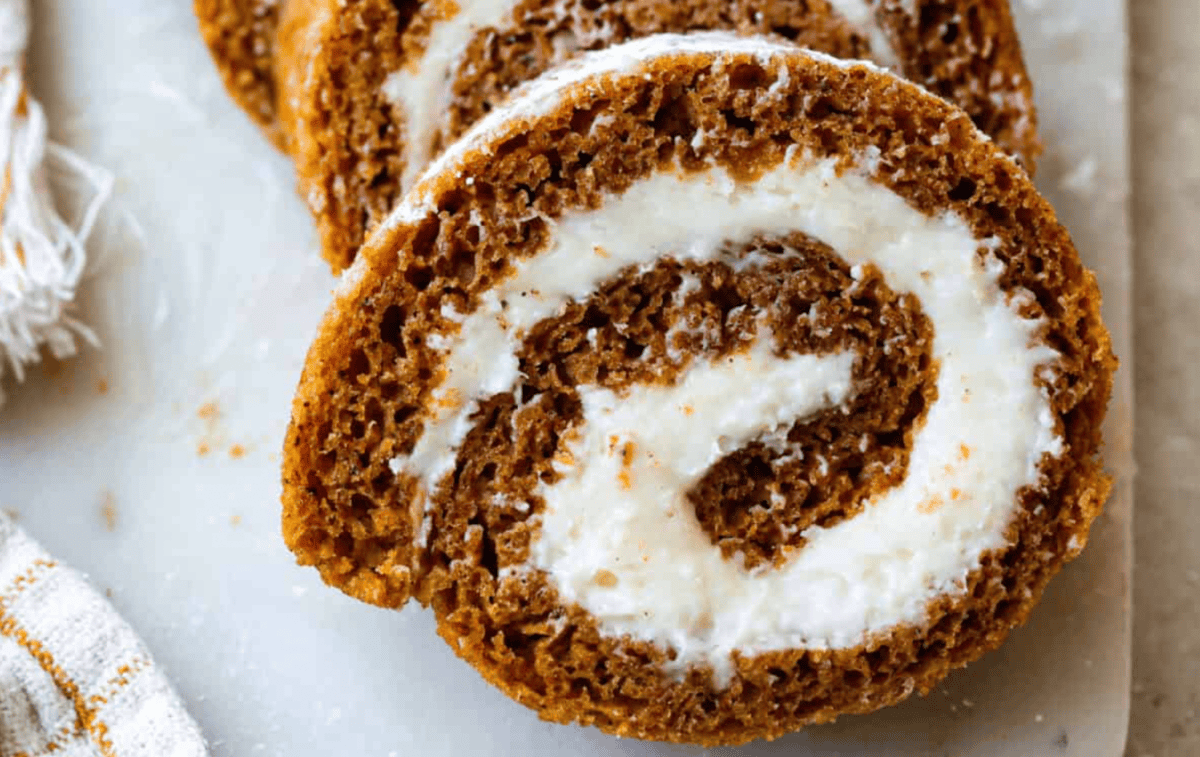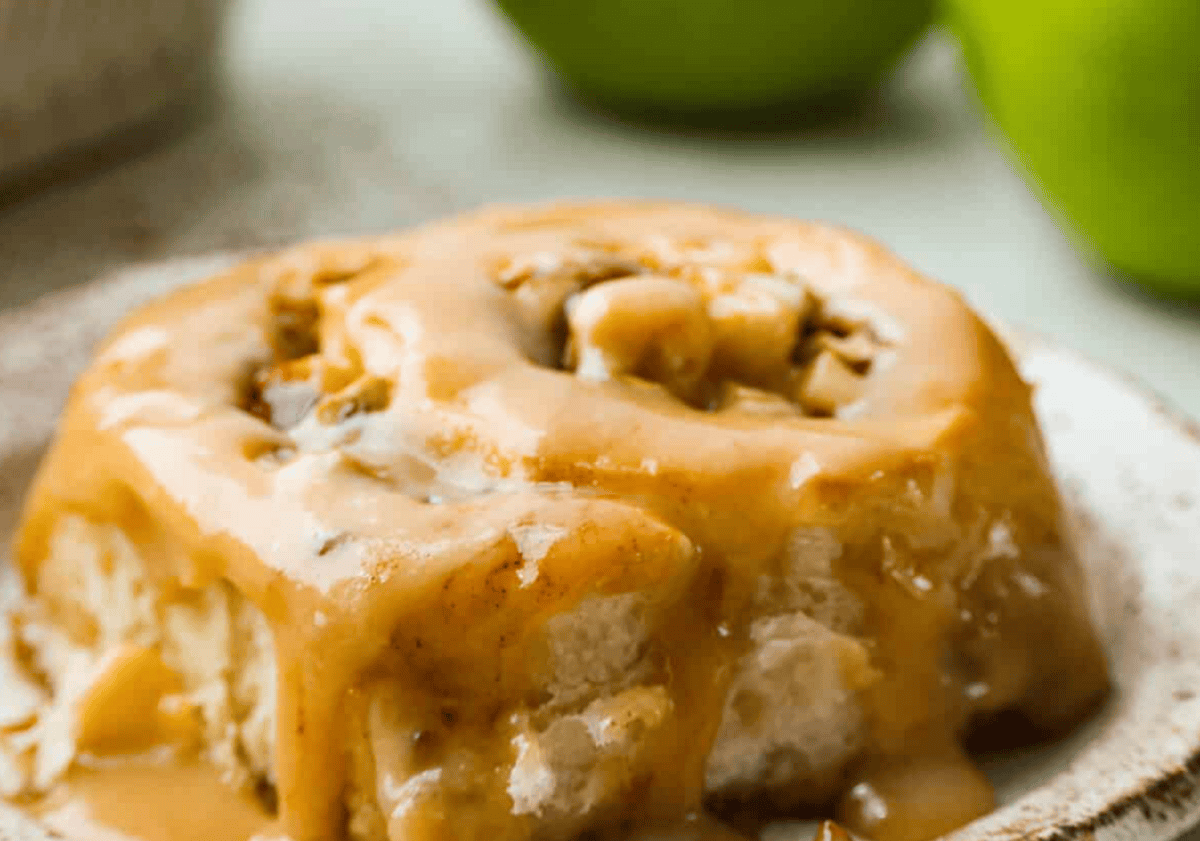Four Ways to Reheat a Steak so It Doesn't Overcook

Finding the perfect method to cook steak is a personal journey. One person’s frozen grilled steak method is another person’s reverse sear (pretty sure that’s a famous old steak saying). And once you’ve found yours, well, you’re a steak master: Each steak comes out exactly to temperature for immediate feasting. It’s all smiles and steak frites until the next day when trouble strikes—how do you reheat the leftover cooked steak without taking it into well-done territory? Well, it’s taken some trial and error but these are my favorite reheating methods according to steak priorities.
Microwave
For a steak with some wiggle room (it can bear to cook a smidge), the microwave is by far the fastest method. Put the steak on a microwave-safe plate and nuke it on high for 20 to 30 seconds. Get in there and carefully touch the steak to gauge the temperature. If it’s a small piece of steak then it might be sufficiently heated enough to enjoy. If it’s a larger steak then you’ll need to flip it and do another 20- to 30-second blast.
I meal-prepped steak in the air fryer yesterday with the intention of reheating it, so my steak is small (I cut a larger strip steak into five pieces) but it’s also medium-rare to rare in the center. Popping it into the microwave for 30 seconds made it hot to touch and I didn’t have to flip it. The center is still a perfectly tender medium to maybe medium-rare, which is how I prefer my steak. Keep in mind that microwaving will not give you any sort of additional sear or crust. If you want that, then read on.
Pan fry
I do think this is my favorite way to reheat steak, especially if it’s a larger piece than my meal-prepped ones. I love the crispy brown sear I get from this method and it’s a good middle ground between the speedy microwave and the longer sous vide (or my “faux-vide”) method.
Heat up a heavy bottomed skillet, like cast iron or carbon steel. The pan can stay dry; if you like some butter or oil, that’s fine but you’ll get some splatter. Once the pan starts to smoke a bit, add the steak to the pan. Let it sit and sizzle for two minutes, then use tongs to flip the steak. Cook it for another minute or two on this side as well. If you have a larger steak, you may need to add more time.

Again, my steaks are small from dividing, but honestly because of this, you can see how the center has stayed pink all the way through. Pan frying gives you additional flavor from the sear and since it's heating from the outside, one side at a time, you protect the interior from cooking too quickly. Spending an extra few minutes with this method delivers top results.
Air fry
I love my air fryer, but I might like air-fryer-reheated steak the least. It might just depend on my mood. Air frying is faster than searing but slower than microwaving. It can give you a little bit of a crispy exterior, but the hot convection winds can take the steak a little too far too fast. You must keep your eye on it. That’s kind of hard to do with some basket models that don’t have windows, but that’s what we signed up for.
First, preheat the air fryer. This only takes a couple minutes but it’s important that the container be hot already so your steak doesn’t slowly start cooking during the preheating time. Pop the steak into the air fryer and let it cook for at least three minutes for a small steak. For a larger steak, I suggest checking on it every minute and maybe flipping it after a few.

As I mentioned above, my steaks were cut from a larger strip steak so you can see the pink center throughout reheating. You can see that my air fried steak cooked completely on the entire exterior, so that pink edge is gone. The pan-fried steak on the left did not cook through on the edges.

But don’t let the edges fool you: The center of the air-fried steak is still a tender medium when you cut into the middle. However, if your steak does not have any wiggle room for cooking a bit more, you want to use another method.
Sous vide or faux-vide
This is the longest method—it gently reheats the steak via a hot water bath. The benefit is that if you have a perfectly cooked medium-rare steak, it’ll stay that way.
If you have a sous vide, or immersion circulator, you can set up the water bath and circulator for the steak's original target temperature. Reheating times will vary on the size and thickness of your steak, but this will take around 30 minutes.

If you don’t have an immersion circulator, you can faux-vide. Put your steak in a zip-top plastic bag and squish all the air out. Submerge the end with the meat into hot tap water, which will be roughly 120ºF. If it floats, add a weight to the water. I left the zip top end hanging out of the water and then put a water glass on the steak to keep it submerged. You should leave it like this for about 20 to 25 minutes. You will likely need to change out the water at least once or even twice during this time.
Again, you won’t get any added flavor with sear marks using the sous vide method, but your steak will be revitalized and as juicy as ever. Among the four methods, think of your priorities first. Do you have wiggle room with how cooked the center is? Do you want sear marks? Are you pressed for time? Then you can make the right choice for your steak.
What's Your Reaction?
 Like
0
Like
0
 Dislike
0
Dislike
0
 Love
0
Love
0
 Funny
0
Funny
0
 Angry
0
Angry
0
 Sad
0
Sad
0
 Wow
0
Wow
0









































